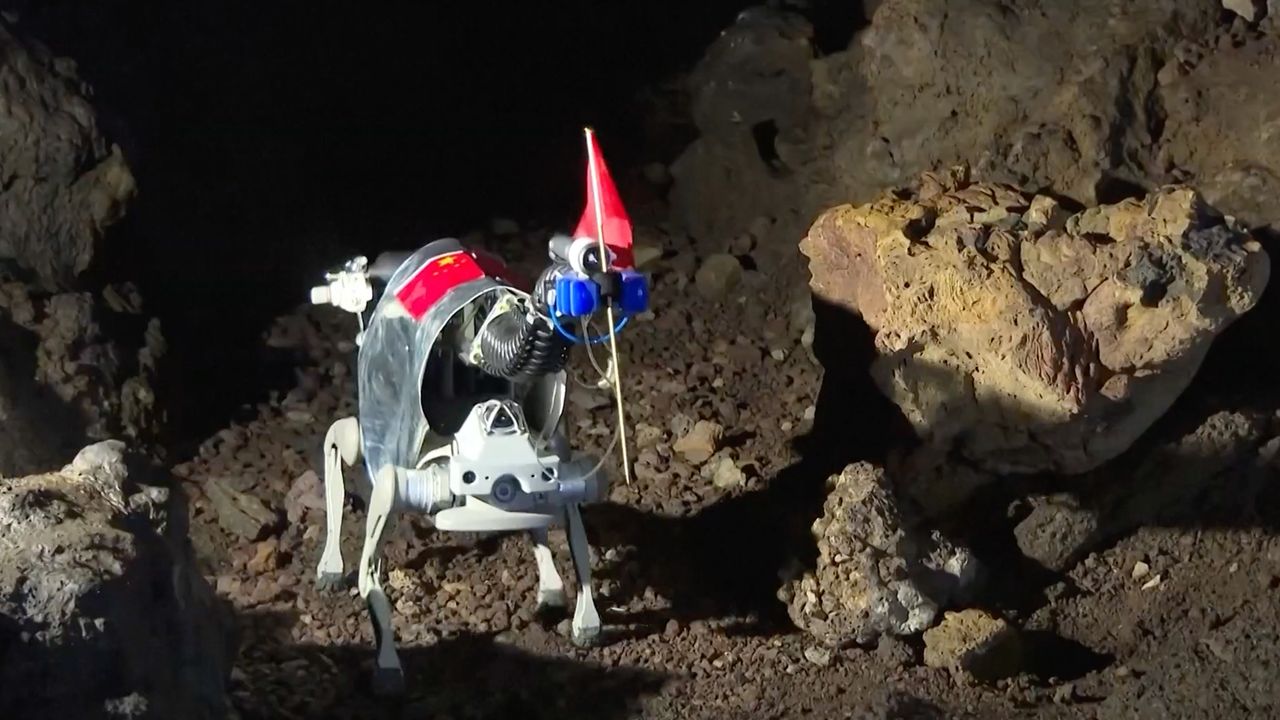China has advanced its lunar exploration efforts by completing a “simulated moon underground space” in a volcanic lava cave located near Jingbo Lake in Mudanjiang City, Heilongjiang Province. This initiative aims to replicate the conditions found in lunar lava tubes, which are believed to exist on both the moon and Mars. These natural formations could offer protection from the intense radiation of these celestial bodies.
The project, established by researchers including Li Jiaqi from Peking University, is seen as a critical step in preparing for future lunar missions. “The underground volcanic lava pipes by the Jingbo Lake are the most similar environment on Earth to the underground space of the moon,” Li stated in an interview with China Central Television (CCTV). He expressed hope that this pioneering research would contribute significantly to China’s lunar exploration program.
Robotic Exploration in a Simulated Environment
In this simulated lunar environment, experimental robots are currently being deployed to perform autonomous exploration and carry out multi-functional operations. Li Xianglong, a doctoral student from the Harbin Institute of Technology, emphasized the advantages of these robots. “Compared with traditional lunar roving vehicles and exploration robots, it has stronger environmental adaptability and flexibility,” he explained. The robots are designed to enhance their perception, decision-making, and operational capabilities for future explorations of the moon’s underground spaces.
Students participating in the project have also set up seismometers in the lava cave. These devices will serve as a reference point for upcoming lunar experiments. The data collected will inform future missions, including China’s Chang’e 7 mission, scheduled for launch in 2026. This mission aims to explore the lunar south pole, carrying a seismograph to study the moon’s interior and detect moonquakes influenced by Earth’s tidal forces, along with monitoring temperature changes affecting the lunar surface.
Long-Term Goals for Lunar Research
China’s ambitious plans extend beyond the immediate future. The nation aims to establish an International Lunar Research Station (ILRS) in the 2030s, solidifying its position as a key player in global lunar exploration efforts. This station will likely facilitate international collaboration in studying the moon’s resources and environment.
As these projects unfold, they highlight China’s commitment to advancing its space exploration capabilities. The successful completion of the simulated underground space represents not just a scientific achievement, but also a strategic move in the race for lunar exploration and the potential establishment of human presence on the moon.








































































